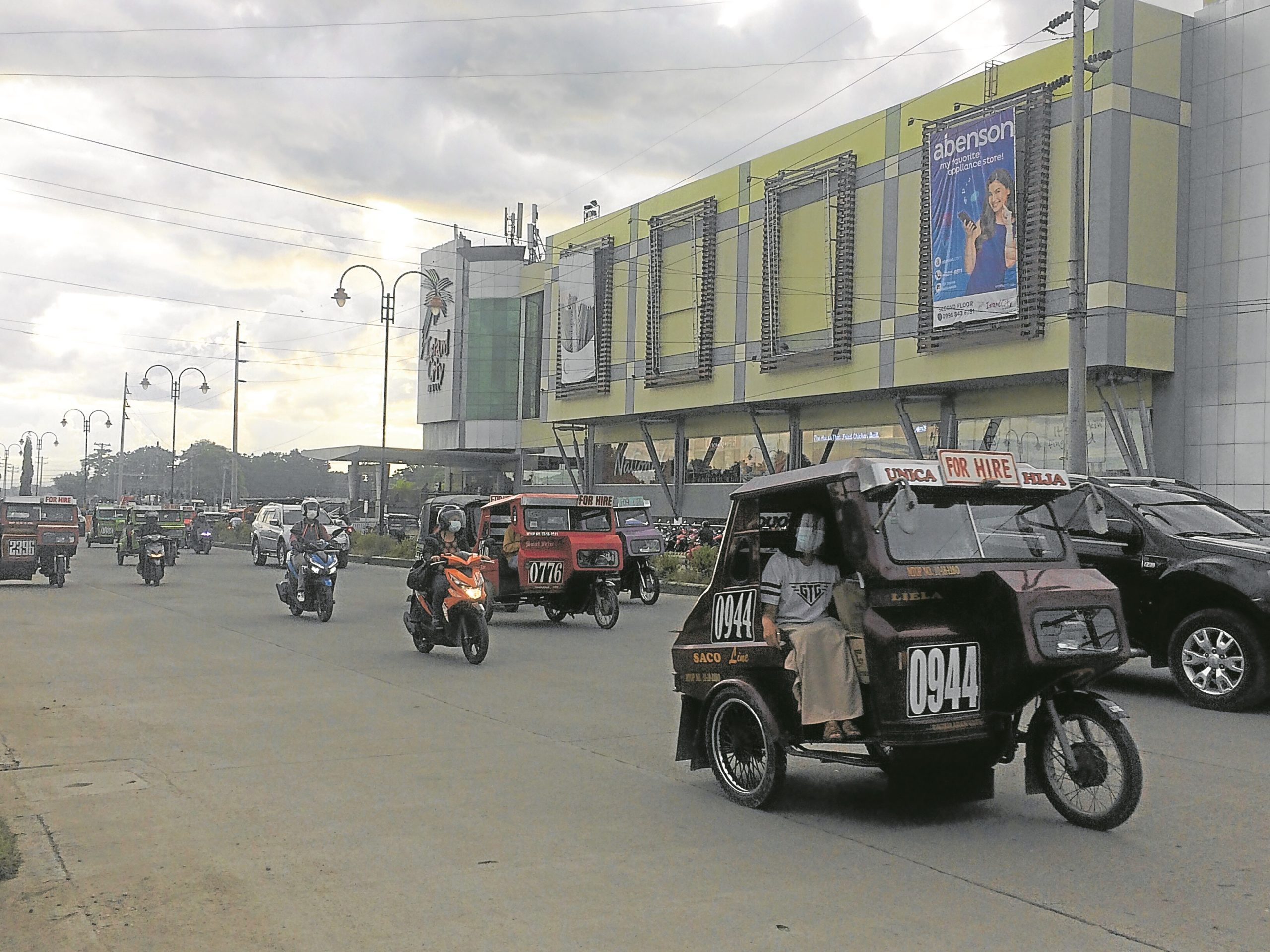
KEEP DISTANCE Residents of Tagbilaran City, the capital of Bohol, continue to follow the health protocols, especially in public transport like tricycles, to slowdown the spread of COVID-19 amid a surge of cases in the province. —PHOTO COURTESY OF APRIL JOY FAELDEN
CEBU CITY — Health officials warned the public of a “third wave” of COVID-19 infections in Central Visayas as the epidemic curve in the region again showed an upward trend.
Dr. Eugenia Mercedes Cañal, regional chief of the Department of Health’s (DOH) Regional Epidemiology and Surveillance Unit, said there had been a significant rise in coronavirus cases in the region within four weeks of monitoring, starting from the last week of May up to the third week of June.
Cañal based her assumption and interpretation of a third wave solely on the rising epidemic curve among the provinces in Central Visayas.
Central Visayas is composed of the provinces of Cebu, Bohol, Negros Oriental and Siquijor, and the independent cities of Cebu and Mandaue.
“We are in a third wave now. We have been monitoring the cases for the last four weeks in Central Visayas, not just Cebu City, and our epidemic curve shows an upward trend,” she told reporters.
She added: “Epidemiologically speaking, there is no strict definition for what is or is not an epidemic wave. A wave simply implies a rising number of cases. The word ‘wave’ implies a natural pattern of peaks.”
Birthdays, fiestas
Health officials in the region recorded the first wave at the onset of the pandemic last year, particularly in Cebu City that even required the intervention of the national government. The second wave occurred in February, as cases spiked mostly in Cebu city and province.
Apart from the constant mutation of the virus, Cañal said the other factors that contributed to the increase in cases include mass gatherings like birthdays, weddings and fiestas, among others.
“These events drive the transmission because you bring people together without observing the public health measures,” she said.
While they have not detected any of the highly contagious Delta variant in Central Visayas, Cañal said biosurveillance data showed three variants of concern in the region: Alpha (B.1.1.7), Beta (B.1351) and Theta (P.3).
The DOH in Central Visayas reported that as of July 11, Negros Oriental has the highest number of active COVID-19 cases in the region at 3,563; followed by Bohol, with 1,987; Cebu City, with 1,114; Cebu province, 861; Lapu-Lapu City, 447; Mandaue City, 340; and Siquijor, 32.
Wake-up call
Cebu City Councilor Joel Garganera, who also serves as the deputy chief implementer of the city’s COVID-19 Emergency Operations Center, believed the DOH’s declaration of a third wave of COVID-19 infections should be taken as a “wake-up call” not to be complacent.
He said people should get vaccinated as soon as possible because many of those who were hospitalized due to COVID-19 were not inoculated.
“One thing for sure in a pandemic is there will be no zero COVID-19 case. It is how we manage it and how we contain it that really matters,” Garganera said.
He reminded residents of the capital city to be vigilant at all times to slow down the spread of the virus.
“Right now if you talk about surge, it is not just about the number of cases, but how a particular local government for that matter responds,” he said.